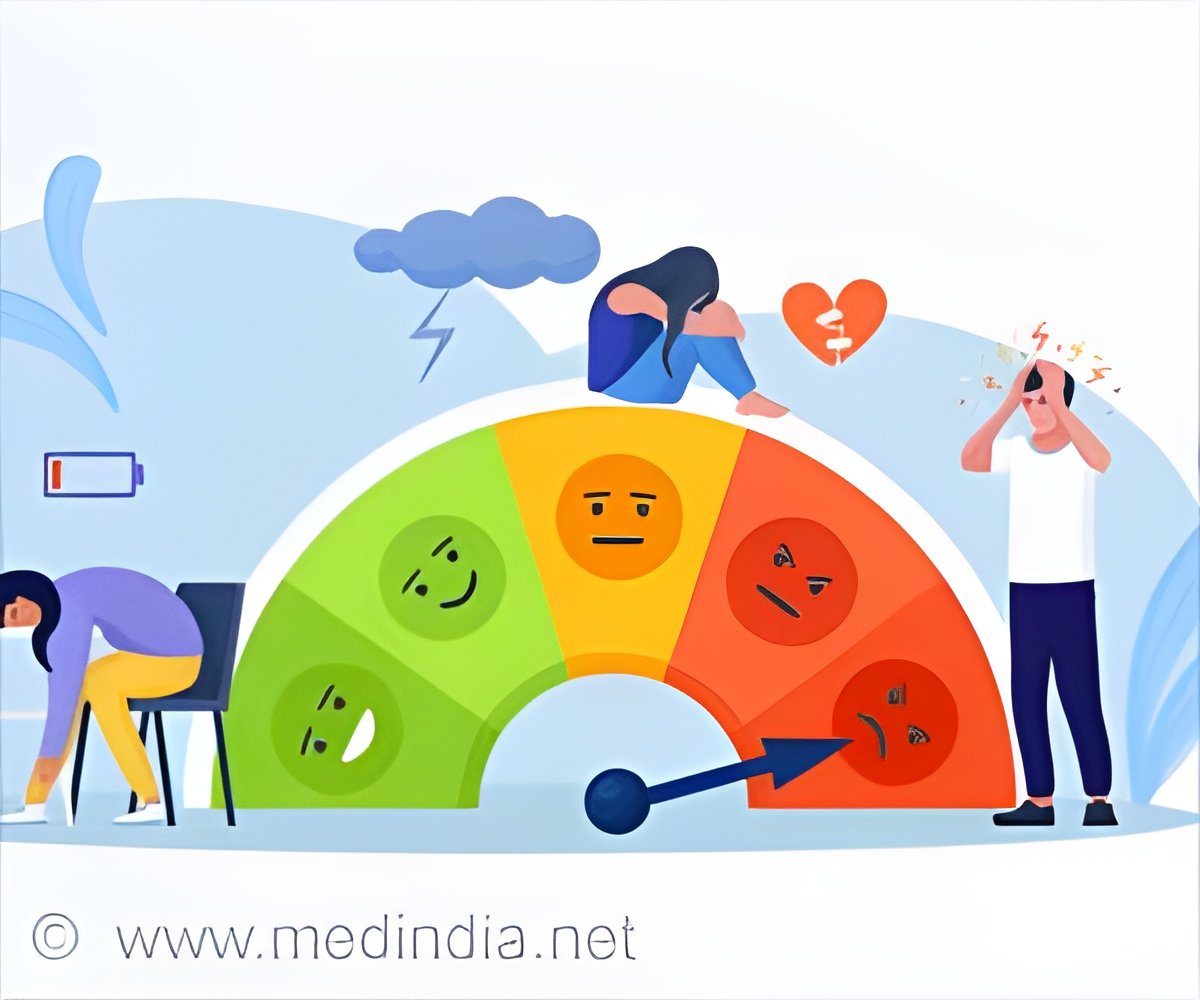When following American Heart Association policies, 91% of employees report improved workplace well-being, versus 51% in policy-absent organizations.

Burn-out an ‘Occupational Phenomenon’: International Classification of Diseases.†World Health Organization
Go to source)
‘A recent American Heart Association survey underscores how corporate policies and culture affect employee well-being and burnout. #worldmentalhealthday #burnout #positiveworkforce ’





“Chronic exposure to stress can increase your lifetime risk of conditions like heart disease and stroke and is also linked to anxiety disorders and major depression. With burnout rates continuing to rise, we must acknowledge that this is not a passing problem, but a serious and ongoing workforce mental health challenge,” shared Eduardo J. Sanchez, M.D., M.P.H., FAHA, chief medical officer for prevention at the American Heart Association. “This survey gives a reassuring glance at how employers can make a positive impact on the mental health and well-being of their workforce with a few intentional changes.”
The Cost of Burnout: Impact on Healthcare and Workplace Productivity
Employees are not the only ones paying the price for burnout. Excessive workplace stress can result in up to an estimated $190 billion in health care costs each year and is linked with higher absenteeism and job dissatisfaction. (2✔ ✔Trusted SourceThe Relationship Between Workplace Stressors and Mortality and Health Costs in the United States
Go to source)
Research shows that employers can help mitigate these costs and support better business outcomes by championing employee well-being. A 2019 study found that the stock prices of organizations that prioritized employee health and safety appreciated by 115% over four years, outperforming the S&P 500 (+69%) and companies with lower reported internal health support (+44%). (3✔ ✔Trusted Source
The Stock Performance of American Companies Investing in a Culture of Health
Go to source)
The survey of 5,055 U.S. working adults was conducted by The Harris Poll on behalf of the American Heart Association, with the aim of understanding how employees are impacted by nine evidence-based best practices to combat burnout and promote employee mental health. Despite positive measures of workforce well-being, more than three quarters (82%) of respondents reported experiencing burnout at least sometimes, with parents, frontline or essential workers, women, younger workers (Generation Z and millennials) and LGBTQIA+ workers particularly likely to report feeling burned out often or always.
Nine Workplace Policies Boost Well-being and Reduce Burnout
All nine policies analyzed in the survey were found to be associated with increased workplace well-being as reported by employees, and seven were also associated with decreased burnout:- Assess alignment between skillset and job tasks
- Establish clear roles and responsibilities
- Regularly assess workloads
- Design job roles with employee input
- Establish a training path to develop employee skills
- Assess if employees feel supported to lead a healthy life
- Promote overall employee well-being
- Discourage work-related technology use after hours
- Promote employee support (resource) groups
The American Heart Association’s Workforce Well-being Scorecard™ offers employers a comprehensive assessment of their culture of health and well-being based on leading best practices, including policies to support mental health and combat burnout. Visit heart.org/workforce to view the full survey report and complete the Scorecard.
The research was conducted online in the United States by The Harris Poll on behalf of the American Heart Association among 5,055 US adults aged 18+ who are employed full time or part time. The survey was conducted between April 13 and May 10, 2023. Data are weighted separately by race/ethnicity and where necessary by education, age by sex, region, household income, size of household, marital status, work status, and propensity to be online to bring them in line with their actual proportions in the population. The groups were then combined into a proportional total by race/ethnicity.
Advertisement
References:
- Burn-out an ‘Occupational Phenomenon’: International Classification of Diseases.” World Health Organization - (http://www.who.int/news/item/28-05-2019-burn-out-an-occupational-phenomenon-international-classification-of-diseases)
- The Relationship Between Workplace Stressors and Mortality and Health Costs in the United States - (https://pubsonline.informs.org/doi/10.1287/mnsc.2014.2115)
- The Stock Performance of American Companies Investing in a Culture of Health - (https://journals.sagepub.com/doi/10.1177/0890117118824818)











